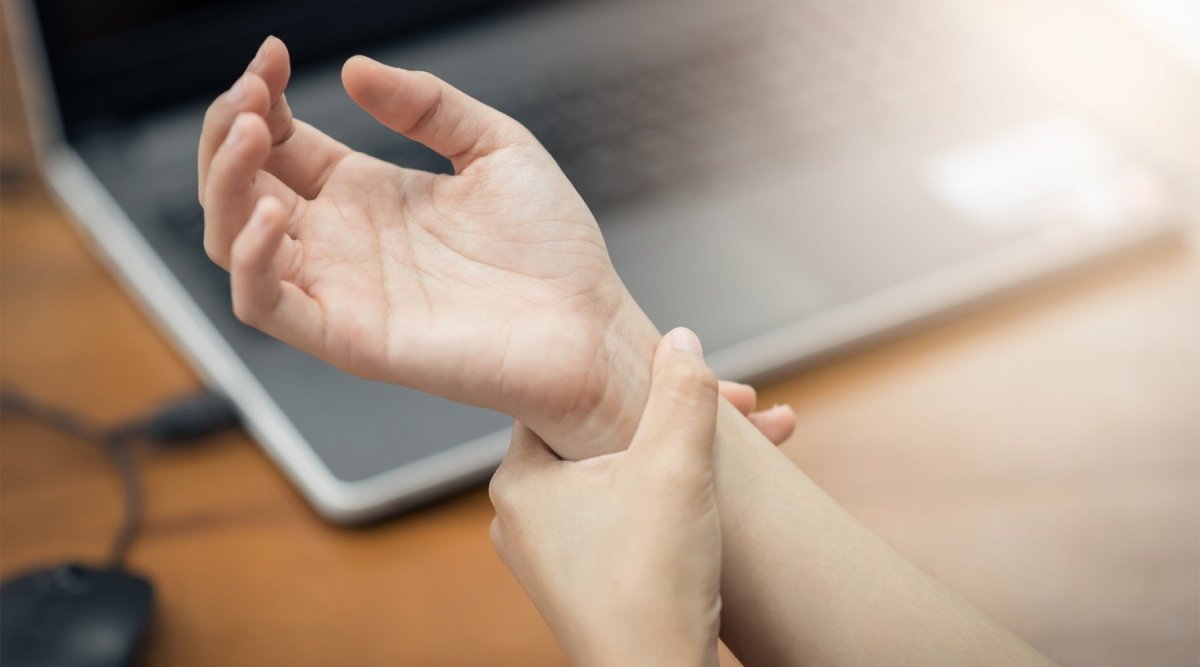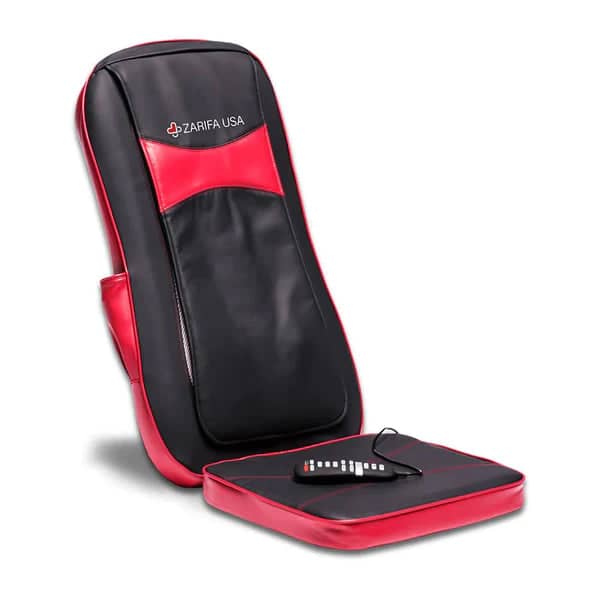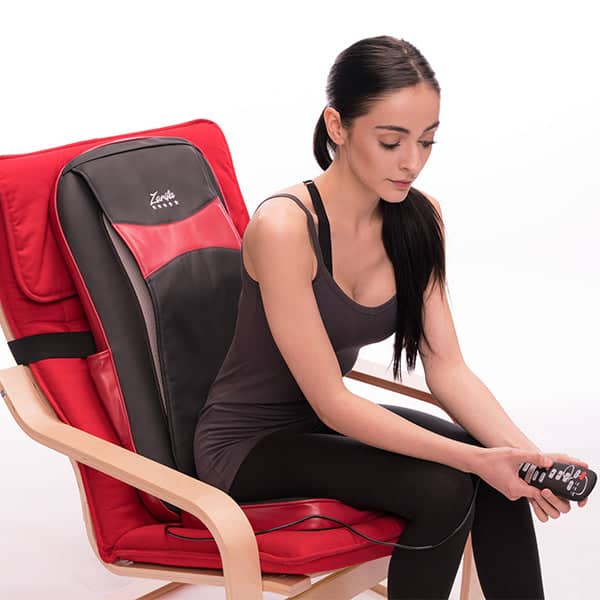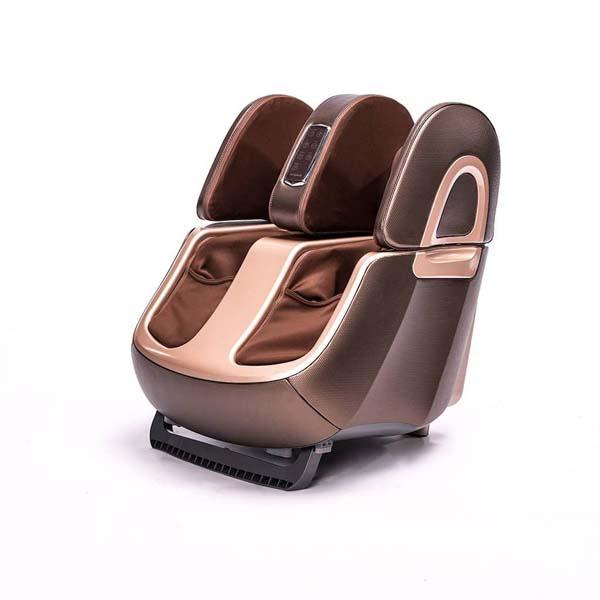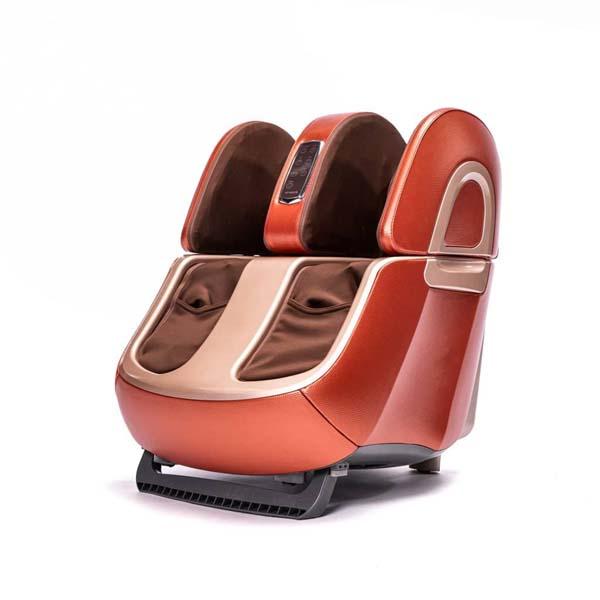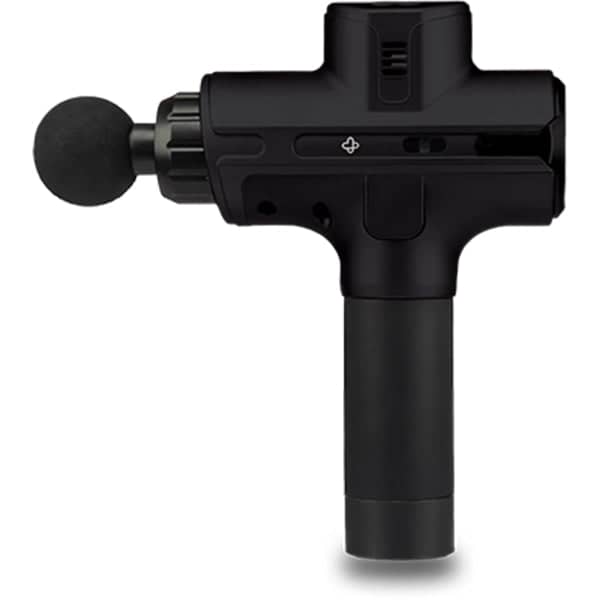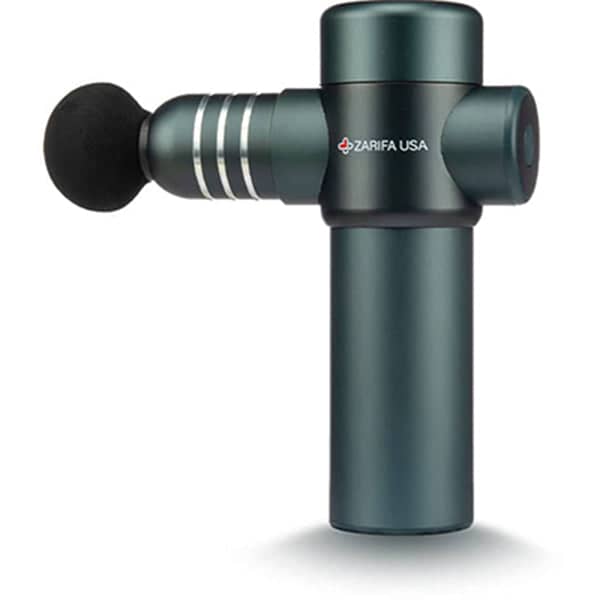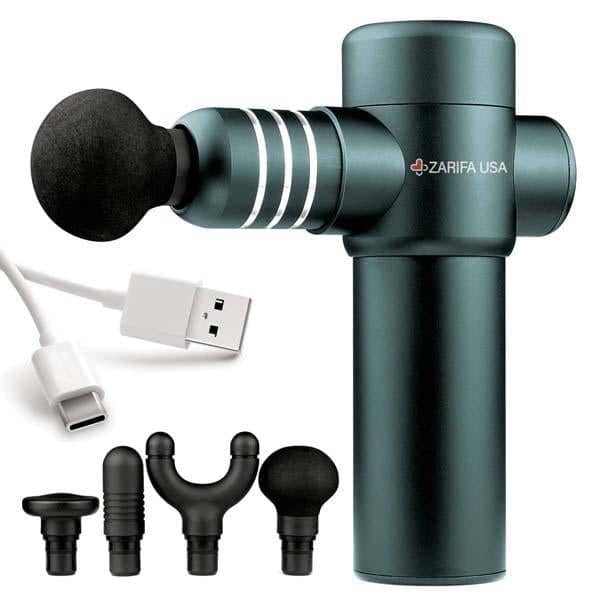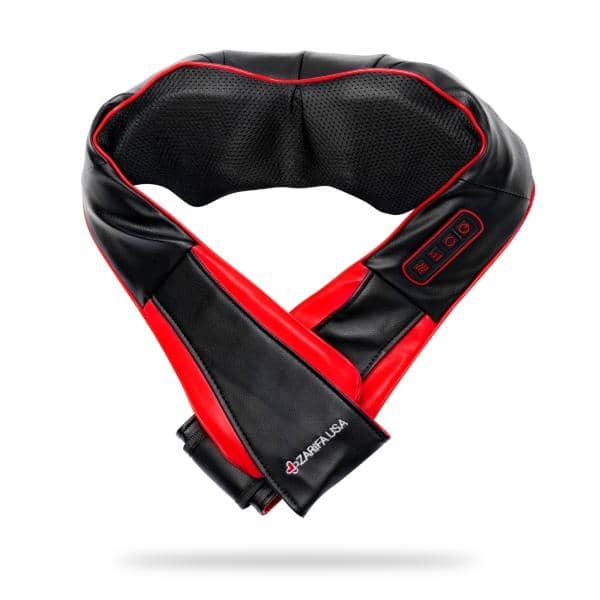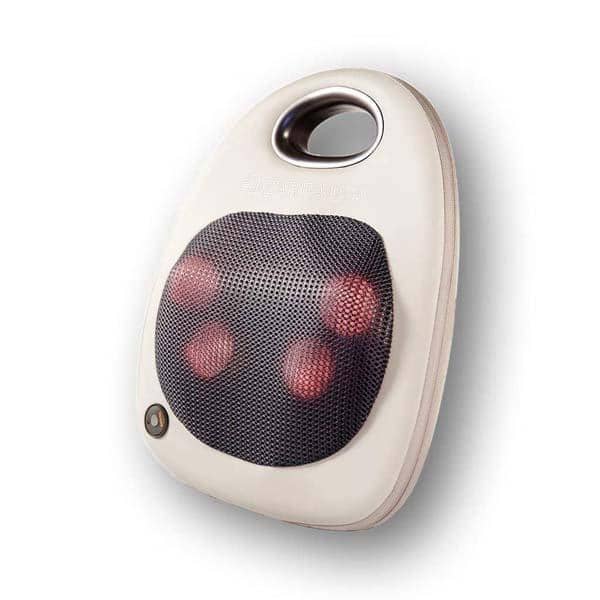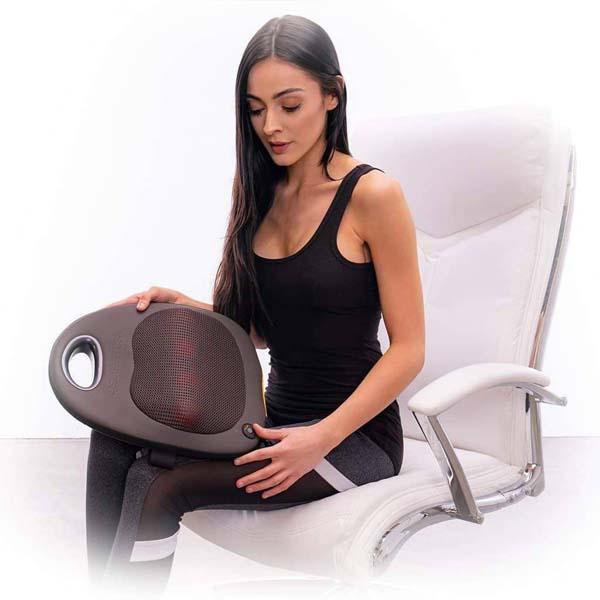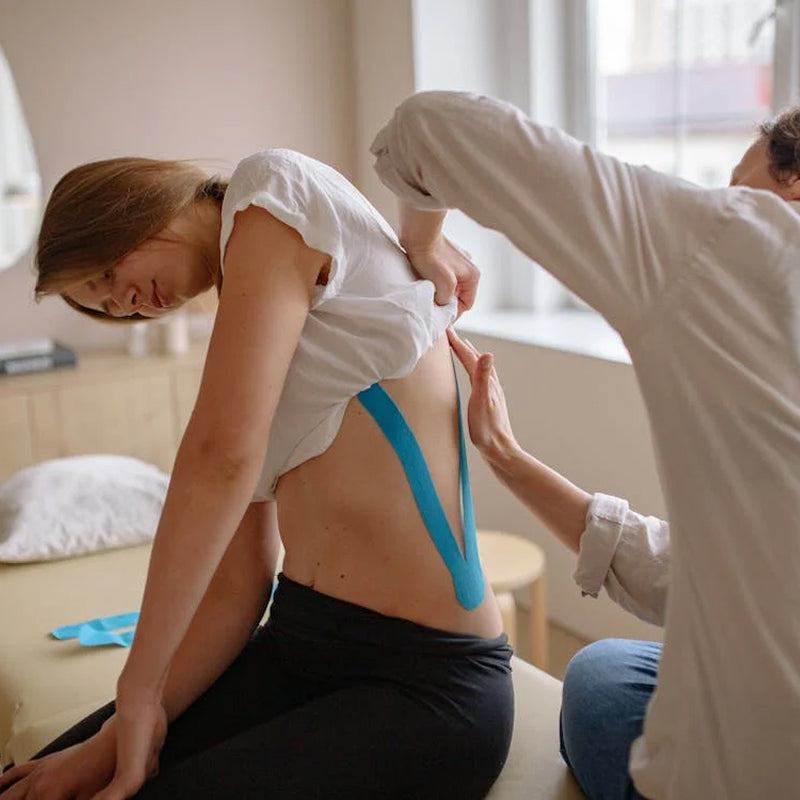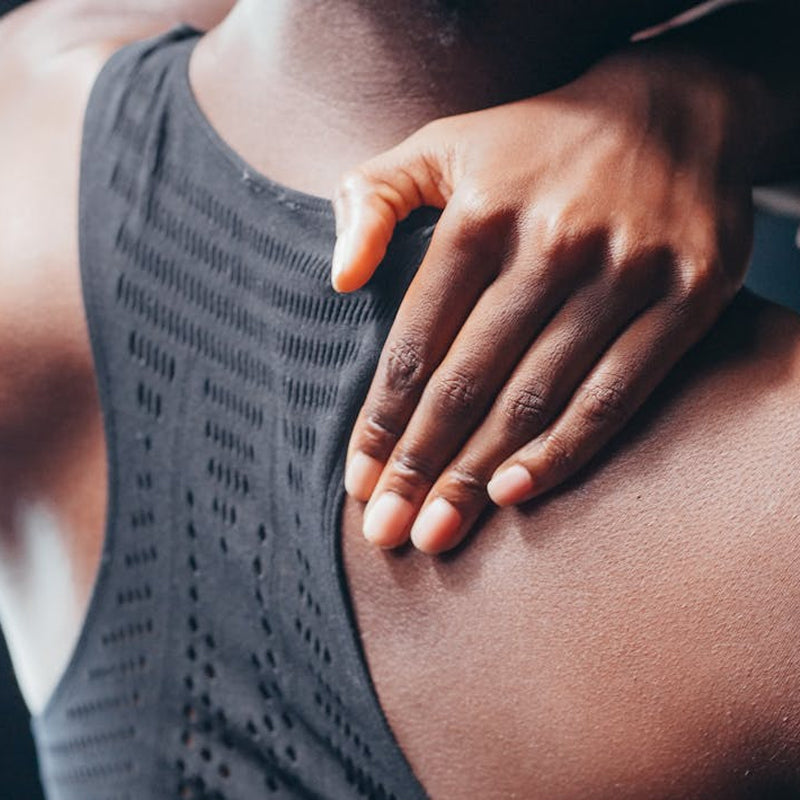People say arthritis is an incurable disease as if there is no relief available, but there are ways to lessen the chronic pain that comes with it. Arthritis treatment involves various methods for managing and alleviating symptoms, including medications, physical therapy exercises, lifestyle adjustments, and long-term treatments such as disease-modifying antirheumatic drugs (DMARDs), corticosteroids, and surgery.
Chronic joint pain affects 76.2 million Americans per year, and more than half of those people have some subset of arthritis or another joint-related condition.
Joint inflammation is a large issue, and treatment for arthritis revolves around relieving symptoms and improving mobility and function of your joints. Everyone’s body and diagnosis are different, so your treatments may vary depending on your specific circumstance and what is best for you.
Natural Arthritis Treatments
Herbs and Supplements
Often when people search for an all-natural cure-all for stiff and achy joints, they turn to supplements. Over the counter and prescription medications usually are accompanied by undesirable side effects that can alter your way of living.
Supplements are a combination of vitamins, minerals, extracts, enzymes, and herbs mixed into one convenient pill that can add nutrition and balance to your body. They can also provide additional relief to make sure your body has all the resources it needs.
“Used for centuries to ease aches and pains associated with a myriad of conditions, many supplements have a proven track record,” said James McKoy, Chief of Rheumatology at Kaiser Permanente. Observational studies and surveys have proven that supplements and natural remedies actually have been proven to assist in relieving painful arthritis symptoms.
From this conclusion, it seems that everyone should take more supplements to assist with arthritis symptoms, right? Though it has been proven that supplements help arthritis sufferers, it is important to remember that the FDA (Food and Drug Administration) has not given approval to such dietary supplements, due to a lack of official scientific evidence.
You should always consult your doctor or dietician if you are considering adding supplements to your intake. Watching how many supplements you consume is essential for progress. They are not harmless merely because they do not require medication. Always ask your doctor before starting a supplement regimen.
Massage Therapy and Electrical Stimulation Therapies
You can receive massage treatment that will assist with arthritis symptoms in a cleansing day spa, treatment room at a physical therapy clinic, or even in the comfort of your own home using massage tools that help with arthritis.
Deep tissue massage manipulates the surface and lower layers of tissues and muscles with focused, strong pressure. However, it may result in soreness and may not be suitable for individuals with active arthritis.
Massage therapies help soothe sore and inflamed joints and muscles in ways that medication often cannot. Arthritis patients have reported lessened stress levels and better sleep when staying on a continuous massage schedule.
Swedish massage, as recommended by the Arthritis Foundation, is particularly beneficial for arthritis patients due to its gentle and relaxing techniques.
Massage therapies are the most popular secondary therapies used by Americans (9% as reported by the NCCAM). Research suggests that massage affects your internal body balance by promoting beneficial blood pressure, heart rate, hormones, and other vital and immune system signals.
“Regular massage of muscles and joints, whether by a licensed therapist at a spa or by self-massage at home, can lead to a significant reduction in pain for people with arthritis,” stated Tiffany Field, Ph.D., and Director of the Touch Research Institute. Throughout her studies Field found that simple massage therapy led to pain improvement, reduced joint stiffness, reduced joint inflammation, and overall heightened joint performance and increased range of motion.
A decrease in the stress hormone cortisol, a boost of serotonin production, and general mood improvement are just a few of the results of massage therapy in arthritis patients.
Seeing as a large percentage of pain is emotional, and the stress hormone cortisol is reduced, pain levels in these patients were lowered. You can receive massage chronic pain relief at a day spa, a therapeutic massage clinic, or at home massage.
Please consult with your doctor or massage physician first to ensure massage is safe for you and your unique situation.
Be careful when considering using massage if you suffer from the following arthritis symptoms:
- Have damaged joints from severe arthritis
- Are suffering from joint inflammation, contracted a fever, or a skin rash
- Have high blood pressure
- Suffer from varicose veins
TENS / EMS devices used for arthritis pain apply gentle electric pulses to your nerves that stop your brain from sending pain signals to your spine and back. It causes your muscles to contract and is often used with people that have arthritis to strengthen muscles that are surrounding the affected joints. Other benefits than shutting down pain signals can occur when using your TENS / EMS device.
“The electrical current also stimulates the nervous system, possibly stimulating the brain to release endorphins and enkephalins, opiate-like substances that relieve pain.” Said Tirish Padmanabhan, the clinical director at The George Washing University Hospital.
This technology assists in both long- and short-term pain and has been proven to relieve osteoarthritis pain and reduce the need for addictive pain medications. “TENS is effective in treating any kind of arthritis pain – in treating pain, period,” Padmanabhan emphasizes.
TENS / EMS technology is the new breakthrough in the arthritis pain market. Chronic pain relief has gone mobile, easy to access, and proven to work. A TENS / EMS device may just be the solution to solve your arthritis pain in a 100% drug-free way.
Hot and Cold Treatments
The most cost-effective way to treat arthritis symptoms is through heating and cooling treatments. Heat treatments relax tense muscles and cause more movement in deteriorating joints. Applying cold elements to chronic pain reduces joint inflammation, pain, and swelling that can develop through everyday activity in arthritis sufferers. Arthritis often impacts weight-bearing joints like the hips and knees, making it crucial to manage weight and use assistive devices to reduce stress on these joints.
A way to effectively use these methods to assist your arthritis pain is to use a variant of heat therapy, (Rice bag, water bottle**, jade heating**, etc.), before attempting physical therapy exercises. After exercising, applying cold therapy can reduce any swelling that can occur from the stress a few hours later. Factors such as age, gender, heredity, weight, injury, infection, and certain types of work-related activities can develop arthritis. Hot and cold treatments can help manage these symptoms effectively.
Alternating between the two is key to achieving optimum results in arthritis symptoms, especially in gout or pseudogout. People with osteoarthritis, rheumatoid****arthritis, and sciatica spondylitis may also benefit from hot and cold therapy. People usually experiment to see what methods and rotations in hot and cold therapy work best for your specific condition, in order to make you feel more comfortable.
Vitamins and Minerals
When taking vitamins and minerals to assist with your arthritis chronic pain, it is important to remember that it is more common for people to get too much of a vitamin than it is to have a deficiency. For example, vitamins B and C are water-soluble vitamins meaning that if there is too much of them in your body, you simply flush out the extra. However, other vitamins like K, A, D, and E are fat-soluble so your body will absorb and retain the excess.
Too many vitamins or minerals can be toxic for your body and throw off your natural balance, so it is important to ask your doctor before using vitamins or minerals to help with your arthritis. Common vitamins that are recommended to patients that have rheumatoid arthritis are general supplements to help with any nutritional deficiencies, as well as folic acid.
Medication and Surgery
The most commonly used prescribed medications used for arthritis are:
- Nonsteroidal anti-inflammatory drugs (NSAIDs): These drugs help reduce pain and inflammation. They are often the first line of treatment for arthritis.
- Corticosteroids: These medications can be taken orally or injected directly into the affected joint to reduce inflammation and pain.
- Disease-modifying antirheumatic drugs (DMARDs): These drugs can slow the progression of arthritis and save the joints and other tissues from permanent damage.
- Biological response modifiers: These are a newer class of DMARDs that target specific steps in the inflammatory process.
Psoriatic arthritis, an autoimmune condition that affects joints and can cause a red scaly skin rash called psoriasis, is often treated with DMARDs and biological therapies to manage inflammation.
In addition to these medications, inflammation and damage to connective tissues are common in arthritis, leading to pain, swelling, and restricted movement. Certain medications, including NSAIDs and corticosteroids, can help manage these issues by targeting the inflammation in connective tissues.
Analgesics (Acetaminophen, tramadol, oxycodone narcotics, etc.)
Analgesics reduce pain, but they have no element that reduces joint inflammation. They are the most common medication involved when discussing pain.
Counter-irritants
Counterirritants include menthol/capsaicin creams and ointments. Rubbing these on your skin over the joint may achieve the same effect as a TENS / EMS device for pain relief. Though not as strong, the primary goal with counterirritants is to similarly block pain signals from your brain to your spine through your skin.
Non-steroidal Anti-Inflammatory Drugs (NSAIDs)
NSAIDs are the real deal when it comes to prescribed drugs. They reduce pain and inflammation. Over the counter versions of NSAIDs are ibuprofen and naproxen. Stronger versions of these, (Tylenol and Aleve), are available behind the counter.
However, NSAIDs can cause you to become dependent on them as your body develops and adapts to having them periodically in your system. You can become reliant on NSAIDs, and your body will think that those chemicals belong in your body and may develop a strong dependency. It is crucial to note that a continual use of NSAIDs can increase your risk of heart attack or stroke and cause extreme stomach irritation.
Disease-modifying Antirheumatic Drugs (DMARDs) for Rheumatoid Arthritis
This medication is primarily used with rheumatoid arthritis. It slows or stops your immune system from actively attacking your joints. Being overweight or having a joint injury can damage knee joints, making them more likely to develop osteoarthritis. DMARDs can help manage these symptoms. Trexall and Plaquenil are a couple of examples of DMARDs that are prescribed as arthritis pain solutions.
Corticosteroids
Drugs containing cortisone and prednisone reduce joint inflammation and suppress your immune system from attacking your joints. Corticosteroids are offered in both an oral and injection form.
It is important to not combine over-the-counter medicines like acetaminophen and ibuprofen. Chronic pain may lessen in the short run, but gastrointestinal bleeding can occur if you persist in this habit.
Combining two different pain relievers can also increase your risk of stomach ulcers. Problems also occur if you feel that the normal dosage is not enough, and you proceed to take more of the same medicine.
Consuming high amounts of acetaminophen can cause GI bleeding and liver failure. It is recommended to not exceed 1,000mg -2,000 mg of acetaminophen in a day, and lower doses of NSAIDs (ibuprofen) if possible. It is also wise to have blood work done about every four months after excessive pain and anti-inflammatory medications to ensure that there is no further development of toxicity.
Side Effects
There are more silent side effects that aren't as acknowledged or immediate as drowsiness or dizziness in arthritis pain medications. Side effects can happen with any type of medication, but primarily acetaminophen can cause liver damage, increased chances of infections, a major risk of contracting osteoporosis, and can even make you more susceptible to cancer.
The most effective thing to do when discussing medications with your doctor is communication. If you are concerned about taking prescribed arthritis pain medications, it is always best speak-up if you are uncomfortable taking the risks.
Surgical Procedures
If you are maintaining a healthy lifestyle but your arthritis pain persists, you may have to have surgery for whatever type of arthritis you may have. All procedures have their positives and negatives, and it is important to discuss future options with your doctor based on your unique arthritis situation to promote the most healing and relief.
Check ZARIFA BACK MASSAGER SHIATSU CLASSIC
Common surgical options for your arthritis
Arthroscopy:
Arthroscopy is a small-incision surgery that fixes worn down tears that can occur in the soft tissue of your joints. Through this operation, a surgeon can also repair damaged cartilage as well as remove excess cartilage pieces that may have detached from your living tissue.
Total Joint Replacement (TJR):
The Total Joint Replacement is the most well-known procedure when it comes to arthritis based surgical operations. The affected joint is completely replaced with an implant that can mimic the motion and actions of the natural joint. Usually, this replacement is made of metal, plastic, or ceramic materials.
Osteotomy:
This operation involves placing a wedge of bone near a damaged joint. This can usually correct misalignment that can occur in the early years or after the duration of unbalanced living. The procedure is extremely complex, but in the end, can halt or delay to need for a TJR.
Joint Resurfacing:
An Osteotomy is a surgery that takes place in the knee or hip. Original bone can remain in the hip ball, but it is capped with a metal prosthesis. This procedure can provide pain relief and improve function in daily lives as well as more intermediate physical activity.
Synovectomy:
Synovectomy is obvious based around the synovium, which is the lining of the joints that can become extremely inflamed in people who have severe arthritis. At times it can become too inflamed or grow too much which causes damage in the surrounding joints. This procedure is merely a removal of the synovium to promote function and movement.
Arthrodesis:
Arthrodesis is a hardware-based operation where the surgeon uses pins, plates, or rods to join bones in your ankles, wrists, thumbs, fingers, or spine to create one continuous joint. Over time, the bones grow back together and heal the joint back in place.
Minimally Invasive TJR or Total Joint Arthroplasty
This procedure is exactly how it sounds! The surgeon replaces the damaged joint but uses smaller incisions than in normal TJR. Less muscle is cut and reattached, and recovery time in the hospital is significantly quicker.
Joint Revision
Joint revision occurs when an implant is damaged, failed, infected, or worn-out. Usually, implants last 20 years or longer, but people who are young adults when they get their initial implant are the primary candidate for this operation.
Meditation
Though it may sound strange, meditation has actually proven quite effective when it comes to chronic joint pain. The definition of meditation here is the practice of developing a deep concentration or focus through relaxation. Meditation is a huge mind-body and relaxation technique that incorporates breathing exercise, progressive relaxation, and guided thought processes.
It is recommended to meditate for 20 minutes each day to lessen your arthritis pain. Meditation battles against the stress that makes chemicals in the body that will increase joint inflammation. Relaxation reduces this chemical inducing stress and decreases inflammation while lessening pain.
Pain Pumps for Joint Pain
After a few doctors' appointments, it is possible to be eligible to receive a small pain pump that is programmed to deliver levels of pain medications periodically throughout the day. The drugs involved are usually morphine or baclofen and is primarily used for arthritis in the lower back.
There are quite a few risks with this method including internal bleeding and infection. Addiction can also be a factor in this method, but if it assists in severe arthritis, a doctor can decide to implement the pain pump tactic.
Please Consult your Doctor When Receiving Your Treatment for Arthritis Pain
There are many ways to treat arthritis with the objective of promoting healthy living and lessening chronic pain. If you are suffering or having to cope with constant pain, there are options to treat your arthritis so you can continue to live your life. Methods to relieve arthritis pain include medication, staying active through various physical activities, and seeking advice from medical professionals for suitable exercises.
It is best to consult a doctor so you can select best treatments for you depending on your body and the severity of your arthritis. Managing uric acid levels is also crucial, as high uric acid can lead to gout and cause pain and swelling in the joints.

